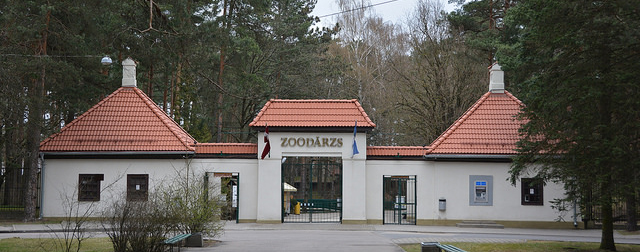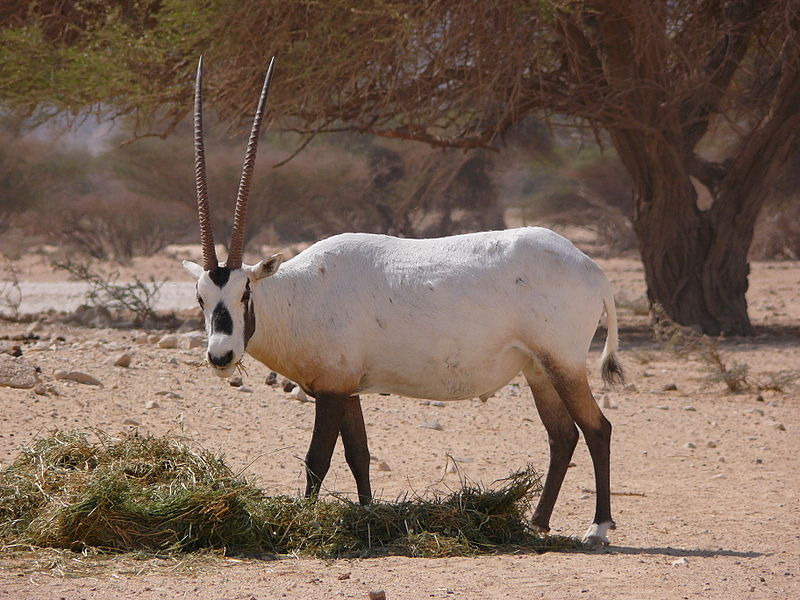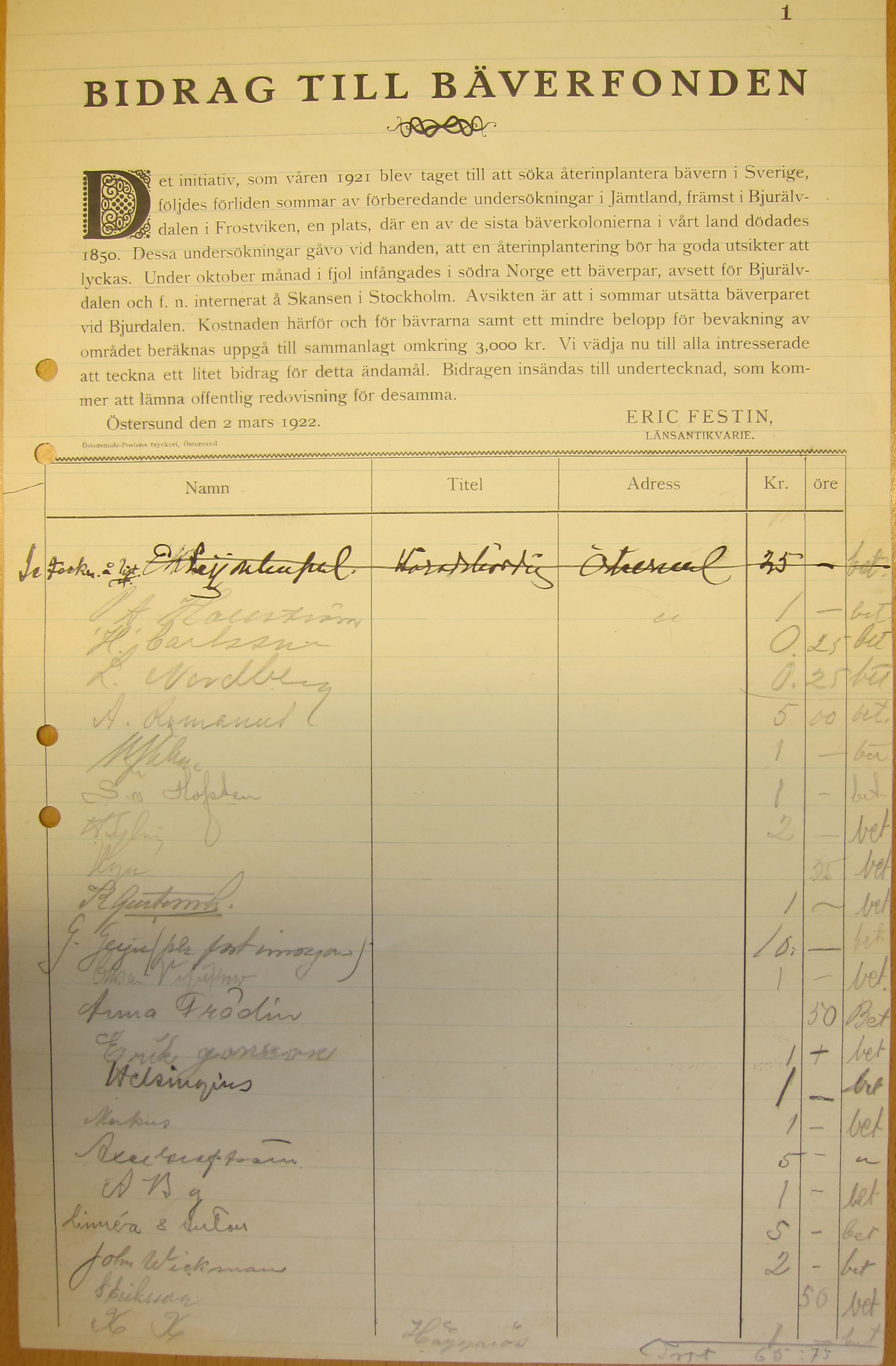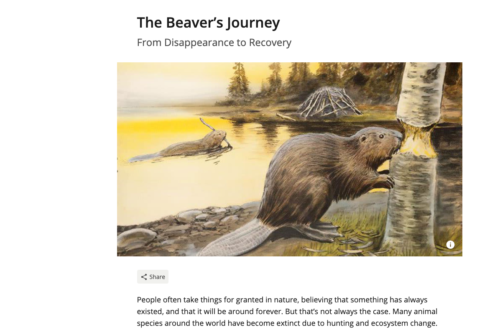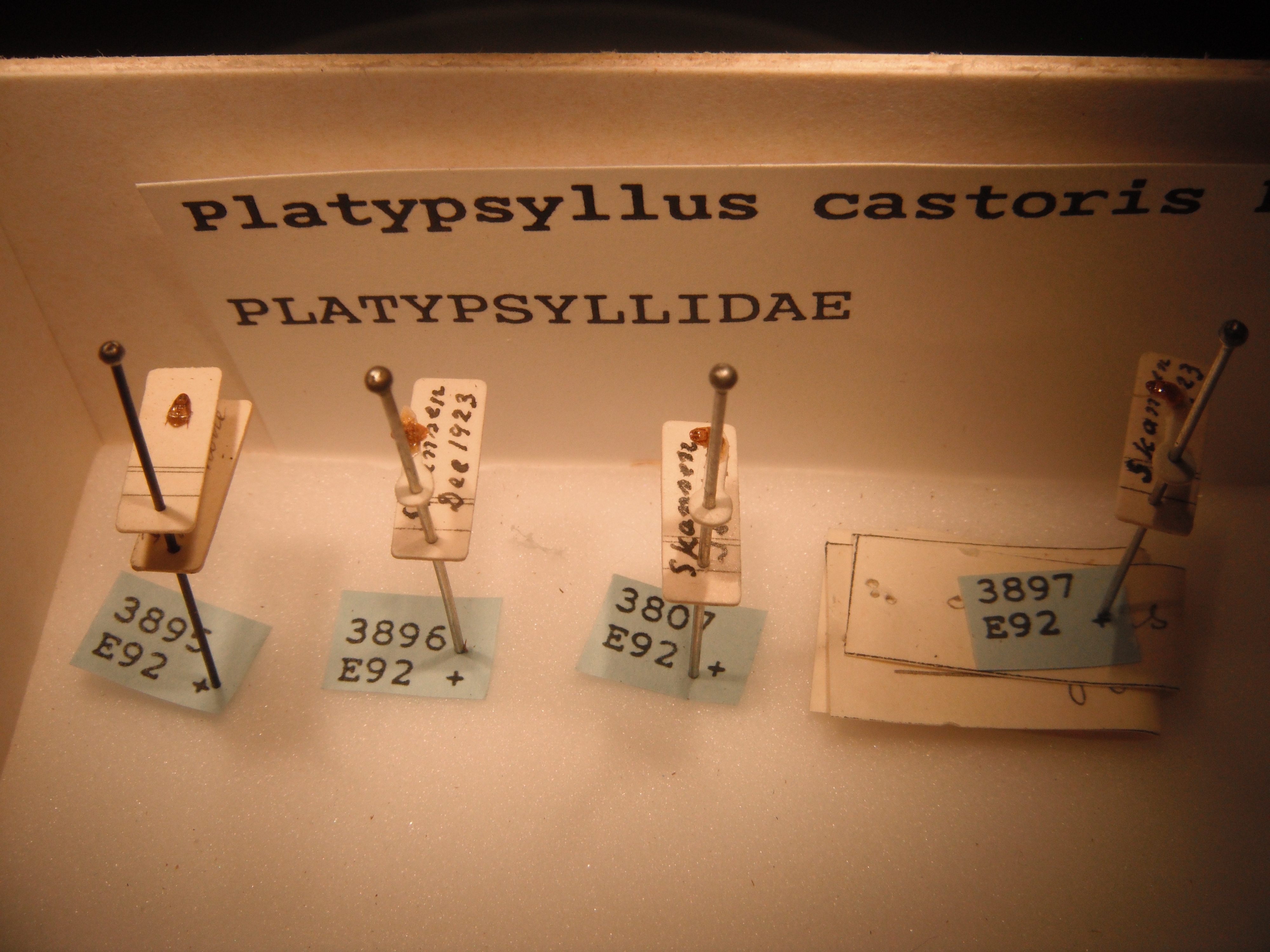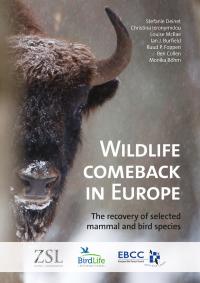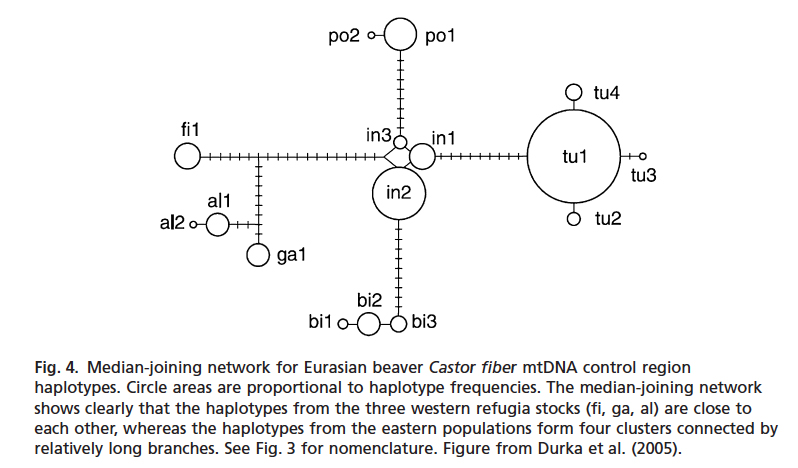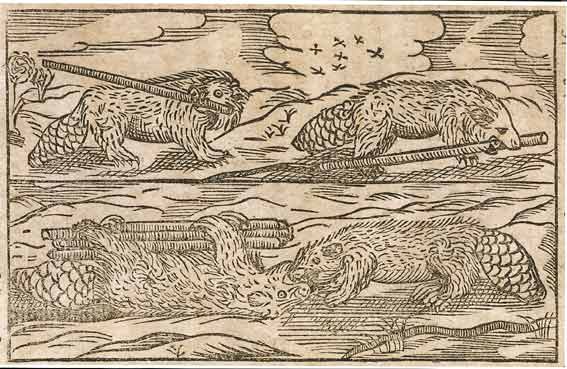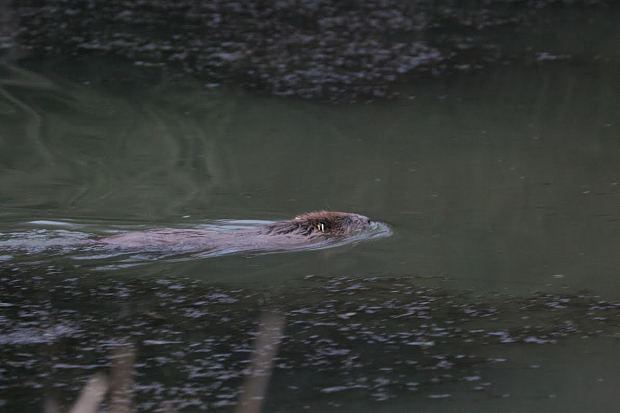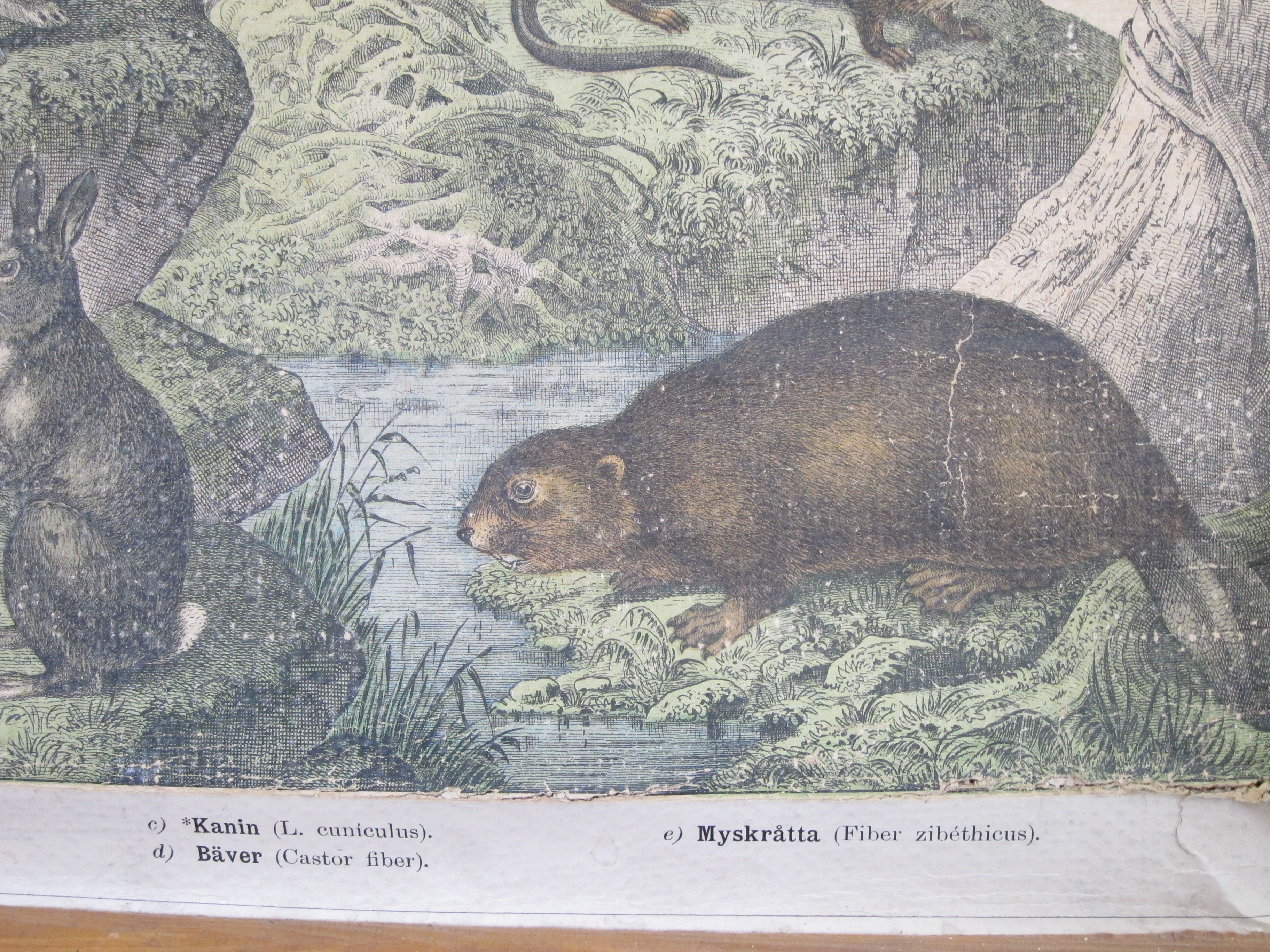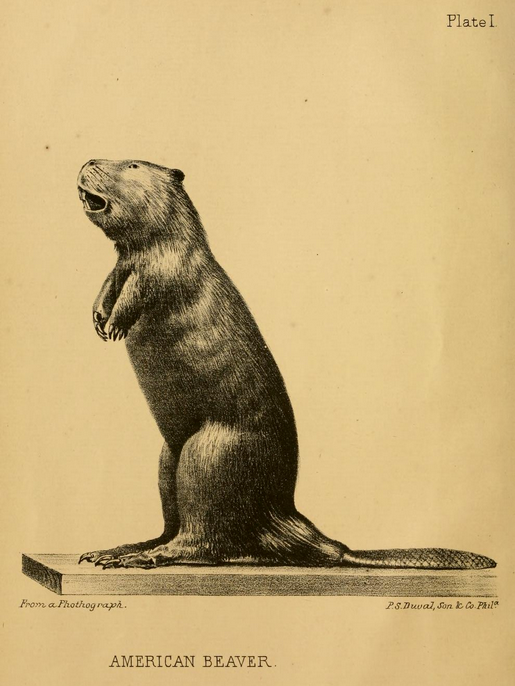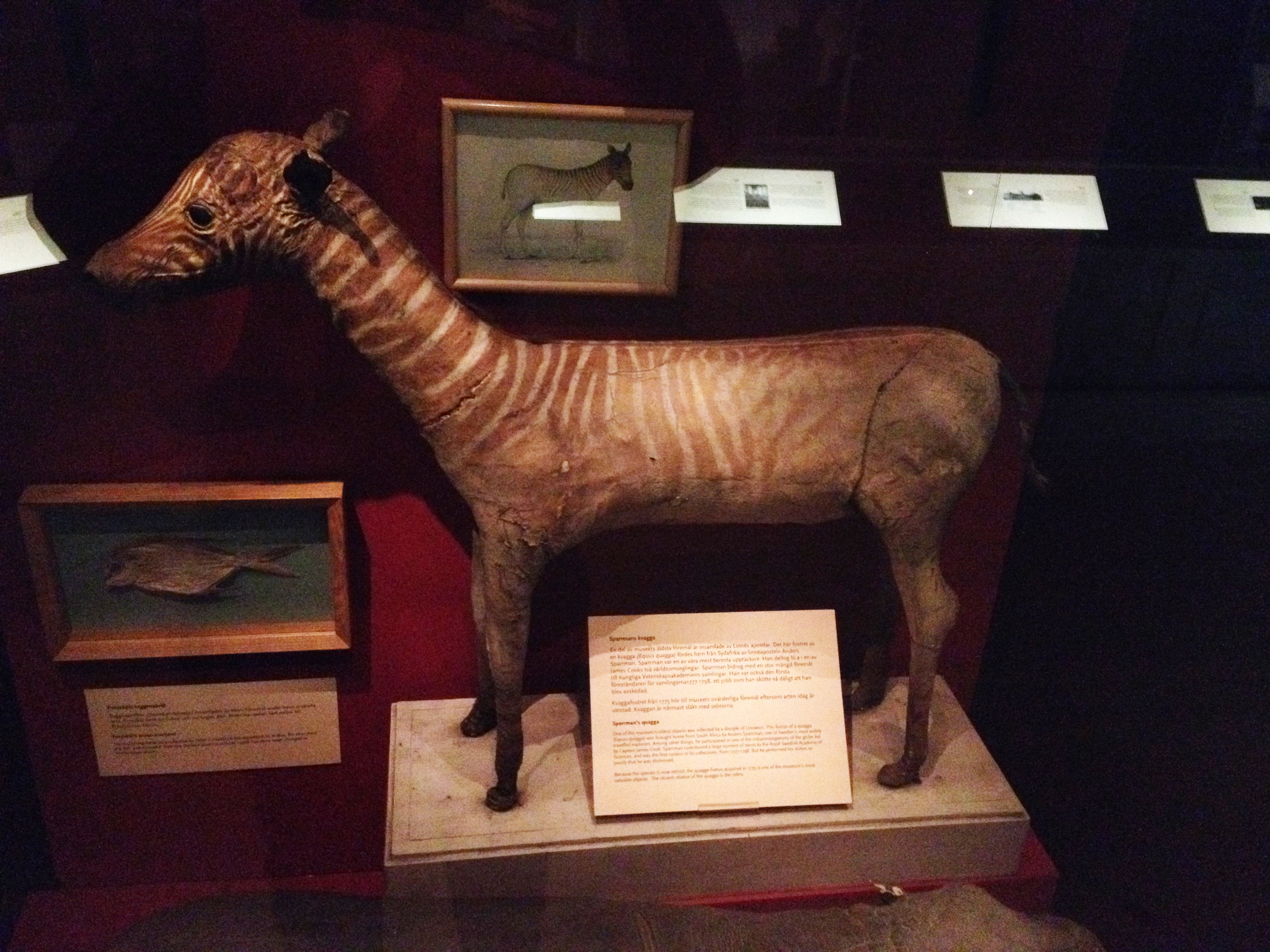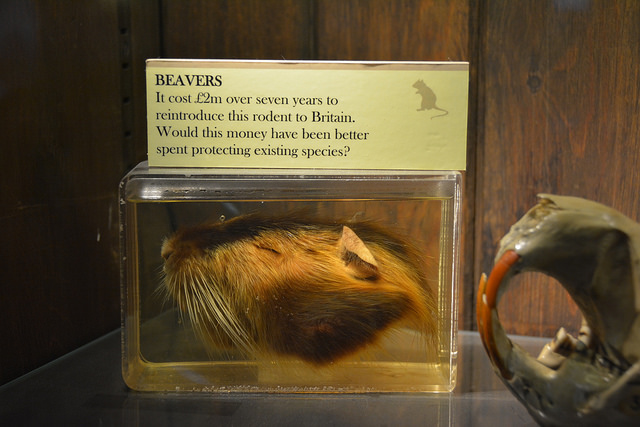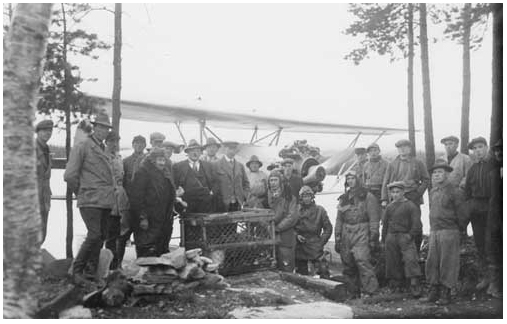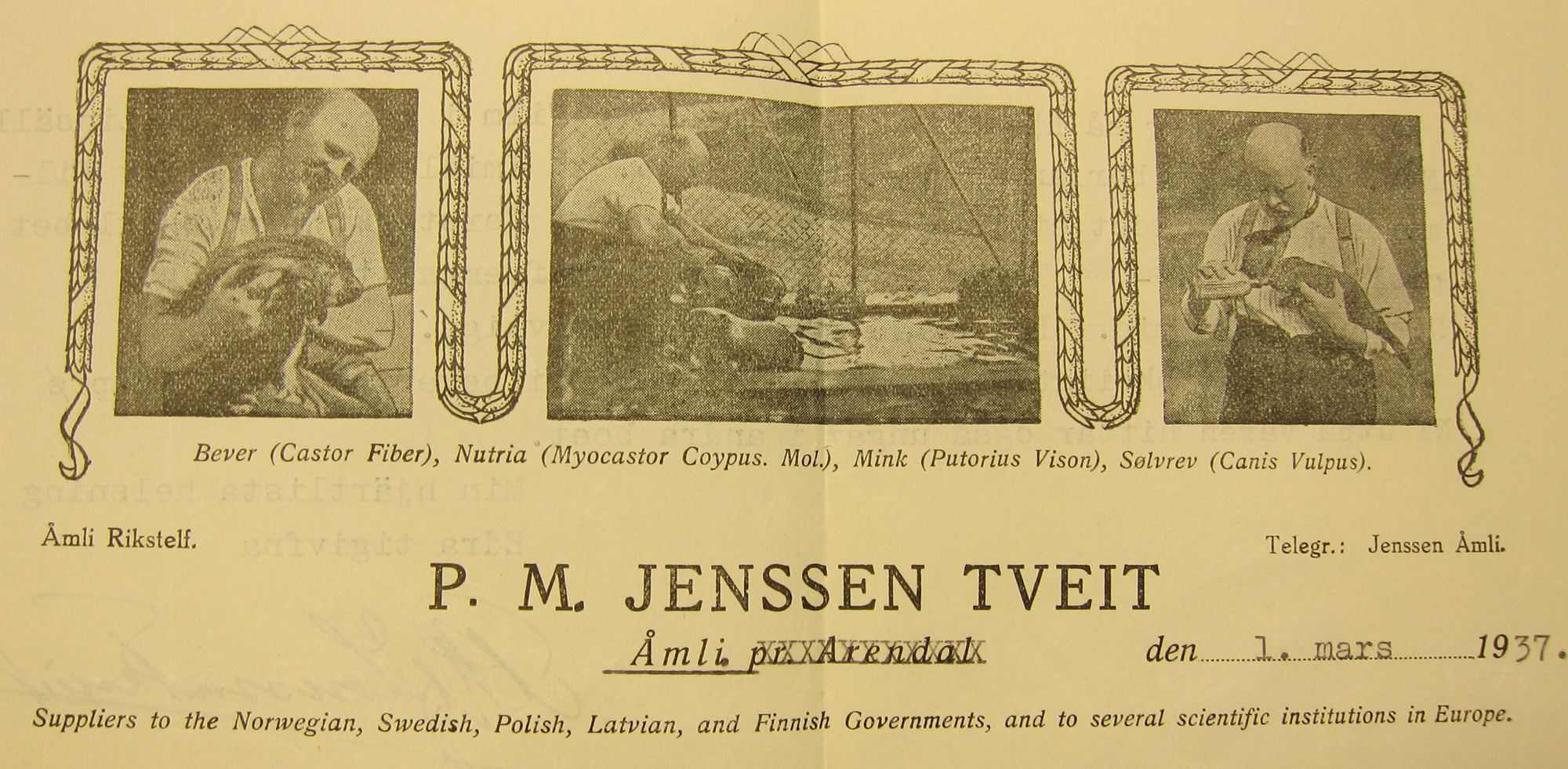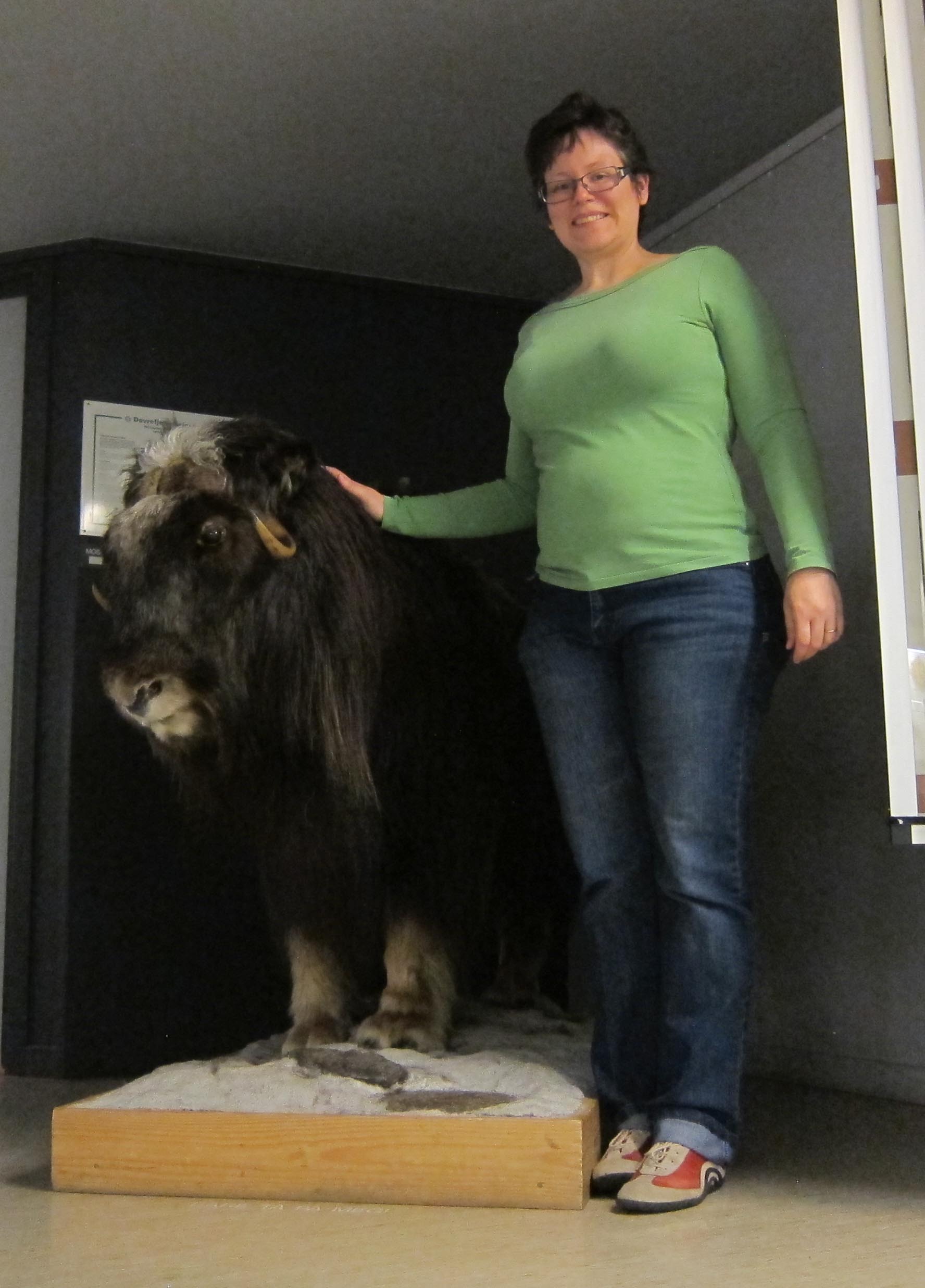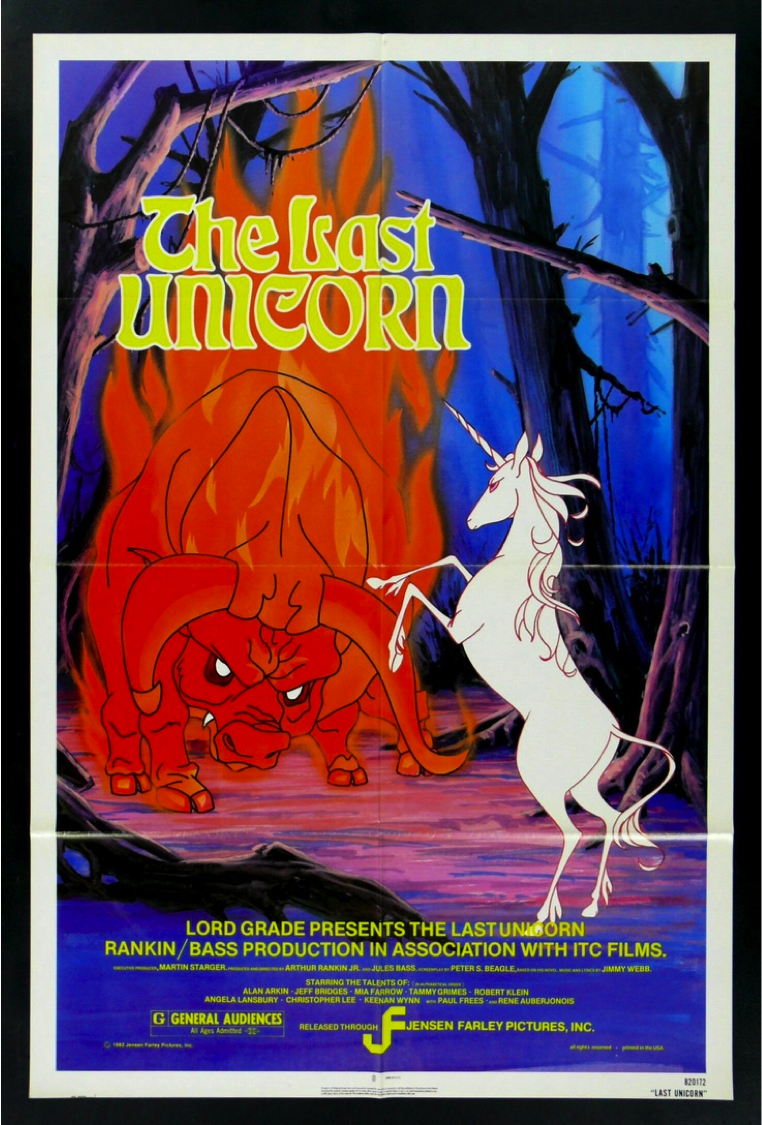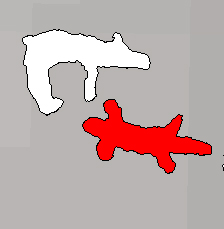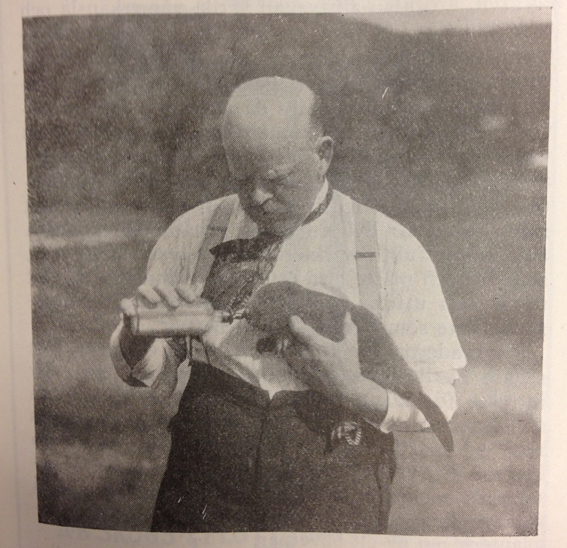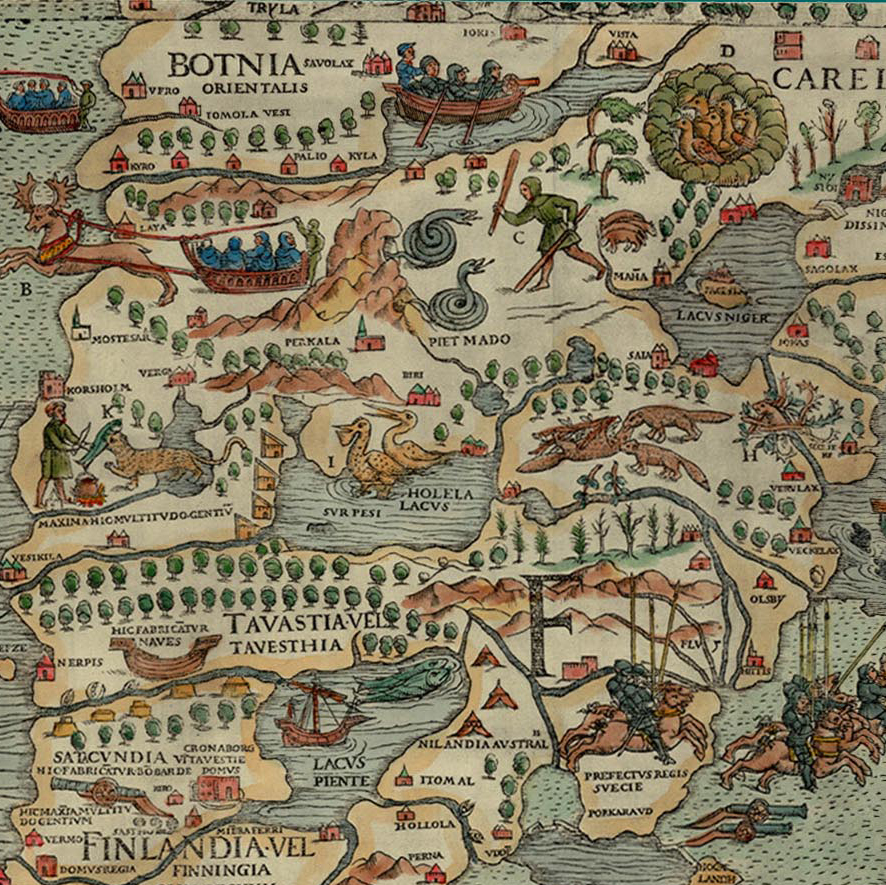beaver
-
Bebrus in Latvia
This week I was on holiday in Riga, Latvia. One of our outings was to the Riga Zoo (Rīgas Zooloģiskais dārzs). Ever the researcher, I was on the look out for the animals that I’ve been working with on this project, beaver and muskox. Unfortunately, I didn’t see either one. The zoo supposedly does have a beaver, but he is most of the time out doing school show-and-tell according to the zoo information. In any case, I didn’t see him. In spite of that disappointment, the Riga Zoo has a connection to my beaver reintroduction research. In November 1934, Bever-Jenssen applied for a licence to send a pair of wild-caught Norwegian…
-
Missing meta-data
Today I visited the Naturhistoriska riksmuseet in Stockholm. Although my visit included the usual thing of looking around the exhibits, this time I also got to go behind the scenes in the entomology department. I got to see the museum’s collection of Platypsyllus castoris, the beaver beetle that I have written about before. The collection at NHRM includes only four specimens. Three of them are labeled “Skansen Dec. 1923”. The fourth is labeled “Delta du Rhône”. This isn’t a lot of metadata to go on. So what can we know about these specimens? Since beaver beetles only come from beavers, that’s the obvious place to look. Thus the question is: In December 1923,…
-
A short history of Welsh beavers
The Poly-Olbion Project has begun making available sections of the Poly-Olbion, a long topographical poem describing England and Wales by Michael Drayton published in 1612. One extract is of particular interest for beaver reintroduction. A section of Song 6 talks about the beavers of the River Teifi in Wales. In the poem, Drayton says that the river was famous for beavers “long ago” because “no other brook of Britain nourished” the animal. He goes on to describe the perfect form and shape of the beaver (“this now-perished beast”) with a particular focus on its building habits. Legend, of course, plays a major part in this description, as the beaver is described…
-
They didn’t know better … or did they?
This week, I’ve run into something in the scientific literature about the beaver reintroductions that disturbs me. It is the trend for natural scientists to assume that people in the past did something because they didn’t know better. The assumption is that our increasing scientific ‘knowledge’ leads us to make better decisions. I think this is a very naïve understanding of both human behaviour and scientific knowledge. Here’s what got me thinking about this. In an article from 2012 about the North American beaver as invasive species in Europe, the authors (who all have done extensive biological work on beaver populations in Europe) wrote: The North American beaver Castor Canadensis…
-
Would this money have been better spent?
This week my husband is in London doing digital history networking. He had the opportunity to visit the Grant Museum of Zoology at University College London and sent me a fabulous picture of the Grant’s beaver specimen on display. If you look past the fact that this is a surgically severed beaver head in fluid (how strange and fascinating is that?!), the Grant Museum has done something really interesting with the text of the display that I want to ponder over for a minute. The label begins by telling the visitor what kind of animal this is: Beaver, which is then placed within the category “rodent” in the first…
-
British beaver hype
News is all over the internet about the “first wild beaver to be seen in England for 500 years,” which appears to have been first reported in the Western Morning News on 21 January 2014. The original article simply talked about the “mystery” of the beaver being there since it is known to be extinct in Britain and it is unclear where it came from. BBC News Devon made a 18-second video of the “rare animal” available. As soon as the national papers picked up the story, the beaver became a sensation as The Guardian and The Times claimed this to be the first wild beaver in Britain in 500 years and…
-
Dated information
In mid-December, I went with my family to Lycksele djurpark, our ‘local’ (2-hour drive away) zoo. The zoo is closed for visitors during the winter season except for four weekends before Christmas when it is open as Julparken where the kiddies can visit Santa Claus and his real reindeer and see the animals who are not hibernating. The great thing about this zoo is that it is one of the few that has both muskox and beaver. Well sort of… There is a beaver enclosure, which is marked on the visitor map you get at the entrance. It is a big fenced in wetland area and a viewing building. In…
-
First year reflections
The end of 2013 also marks the end of the first year of “The Return of Native Nordic Fauna” project. It’s been a year that has really gotten the project off to a running start. I’ve documented the course of the project on this blog since it’s beginning on January 1, but as some readers may not have been following along all that time, I wanted to take the opportunity to reflect on the year. During the year, I’ve skipped around Norway and Sweden working in archives, trying to decide what to copy and what to leave behind from the Skansen archives held by the Nordiska Museum in Stockholm, the…
-
Documentaries and documenting history
Today I had the opportunity to watch a documentary film, “Samtidigt är varje bäver en personlighet” (dir. Malin Skjöld, 2012), which I had requested through the Svensk mediedatabas service. The film is a mixed media documentary that uses historical film, contemporary film, and animation to tell the story of the beaver, with a focus on Sweden. To be honest, I’m not sure why the creators picked the title, which translates as “At the same time, every beaver is a personality”. One of the historical film clips shows Lars Wilsson, who was a high school instructor in northern Sweden for many years and wrote a book titled simply Bävern in1964 about beavers…
-
Wildlife Comeback Report
A few months back, in September 2013, the conservation initiative Rewilding Europe issued the “Wildlife Comeback in Europe”. The report was written as a joint effort with the Zoological Society of London (ZSL), BirdLife International, and the European Bird Census Council (EBCC) and got international news coverage, including articles in BBC News and New York Times. I haven’t had the chance to write about the report, but I wanted to take a few minutes to reflect on it because of its potential reach. Unlike most environmental news these days, the message was positive. The BBC article quoted Prof Jonathan Baillie, director of conservation at the Zoological Society of London, as saying We’re trying…
